Description
Alocasia macrorrhiza, commonly known as the “Giant Taro” or “Elephant Ear,” is a striking tropical plant renowned for its large, heart-shaped leaves that can grow up to 3 feet (90 cm) long. Native to Southeast Asia and the Pacific Islands, this plant thrives in humid, tropical environments. Its bold, glossy foliage and dramatic size make it a standout addition to any indoor or outdoor space. Alocasia macrorrhiza is perfect for plant enthusiasts looking to add a tropical touch to their home or garden.
- Full Botanical Name: Alocasia macrorrhiza
- Common Names: Giant Taro, Elephant Ear
- Country and/or Region of Origin: Native to Southeast Asia, the Pacific Islands, and parts of Australia
- Growing Conditions in Native Habitat: Grows in tropical rainforests with high humidity, rich, organic soils, and partial to full shade
- Care Guide:
- Light: Prefers bright, indirect light but can tolerate some direct sunlight. Too much direct sunlight can scorch the large leaves, so it’s best to provide filtered light or dappled shade.
- Ideal Room: Ideal for living rooms, kitchens, or bathrooms with high humidity. It can also be grown outdoors in tropical or subtropical climates or on patios where it gets partial shade.
- Feeding: Fertilize every 4-6 weeks during the growing season (spring to summer) with a diluted, balanced liquid fertilizer to promote healthy growth and vibrant foliage.
- Humidity: Prefers high humidity and should be misted regularly or placed on a humidity tray. It thrives in humid environments such as bathrooms, kitchens, or greenhouses.
- Ideal Temperature: Best kept between 65°F and 80°F (18°C to 27°C). Protect it from cold drafts or temperatures below 50°F (10°C), as it is sensitive to frost.
- Watering: Water when the top inch of soil is dry. Ensure the soil is well-draining, as overwatering can lead to root rot. Keep the soil slightly moist but not soggy.
- Pet/Child Safe: Toxic to pets and children if ingested. The plant contains calcium oxalate crystals, which can cause irritation or more serious reactions if eaten. Keep it out of reach of animals and young children.
- Soil Type: Use a well-draining, rich potting mix, such as one formulated for tropical plants or aroids. Adding perlite or orchid bark will improve drainage and prevent water retention around the roots.
- Propagation: Propagate by division. During repotting, separate the plant into smaller sections, ensuring each section has a healthy root system, and plant them in their own containers with well-draining soil.
- Eventual Height and Spread: Typically grows up to 6-8 feet (1.8-2.4 meters) tall with a spread of 3-5 feet (90-150 cm), making it a large, bold addition to any space.
- Growth Rate: Fast-growing when provided with the right conditions, particularly in the warmer months. The large leaves develop quickly during the growing season.
- Pests and Treatment: Generally resistant to pests but may occasionally attract aphids, mealybugs, or spider mites. Treat infestations with insecticidal soap or neem oil to keep the plant healthy.
- Repotting: Repot every 1-2 years or when the plant becomes root-bound. Choose a pot that is slightly larger than the current one to allow for healthy root growth and ensure proper drainage.
- Pruning: Prune dead or damaged leaves regularly to maintain the plant’s appearance. Large leaves may naturally yellow or droop as the plant matures, and removing these helps encourage new growth.
- Air Purification: Like many tropical plants, Alocasia macrorrhiza helps improve air quality by removing toxins and releasing oxygen, making it a valuable addition to any home or office.
- Folklore: Alocasia species are often regarded as symbols of prosperity, abundance, and good fortune. In some cultures, they are believed to bring good luck and positive energy into the home or garden.


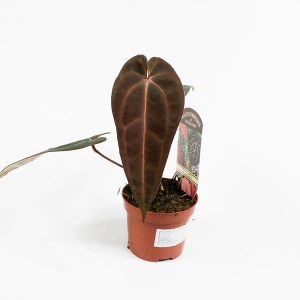

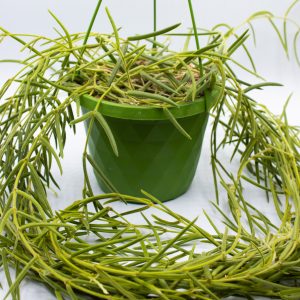
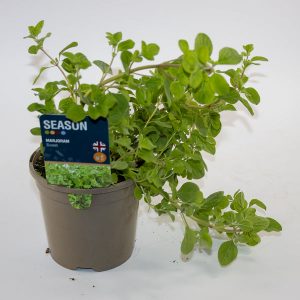
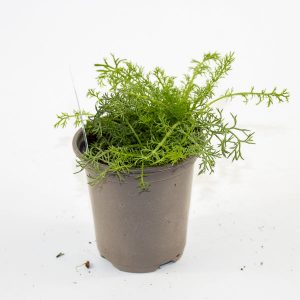
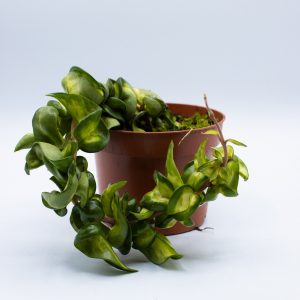


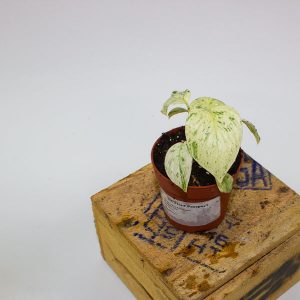

Reviews
There are no reviews yet.